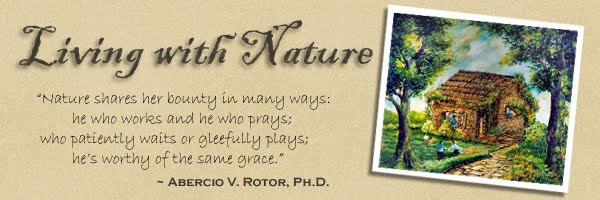When two immiscible mediums - oil and water-based acrylic - are mixed and sandwiched by two glass panes, the two opposing mediums create unexpected impressions of varied colors, shapes, hues and shades trapped in a network of venation. This method is extremely difficult in exactly executing a planned design or subject.
Surprisingly however, with constant practice and experimentation you can create amazing serendipitous designs and images such as these specimens. The biologist in me seemed to have dominated my new art, spontaneously expressing my thoughts about the subject, including the interpretation of each painting.
 Specimen 1 - Fan-type, typical of leaf venation, fungal mycellia
Specimen 1 - Fan-type, typical of leaf venation, fungal mycelliaand patterns of antibiosis in a culture medium.
 Specimen 2 - Colony-type, typical of swarms of plankton organisms,
Specimen 2 - Colony-type, typical of swarms of plankton organisms,germinating spores, and decomposition of tissues.
 Specimen 3 - Dichotomous-type, typical of branching of
Specimen 3 - Dichotomous-type, typical of branching ofplants, seaweeds, growing buds, and growth habit of
protists and invertebrate organisms.
 Specimen 4 - Bilateral symmetry, typical of dividing cells,
Specimen 4 - Bilateral symmetry, typical of dividing cells, growth pattern of seaweeds, mosses and ferns.
growth, patterns of decomposition by bacteria and fungi.
This experimental painting technique and the results that it has created and continue to create, support the argument of a professor in Fine Arts at the University of the Philippines who said, "Everyone is entitled to his own theory of the arts. In arts no theory is wrong."
x x x
x x x


No comments:
Post a Comment